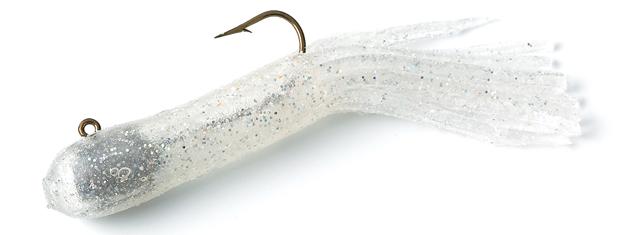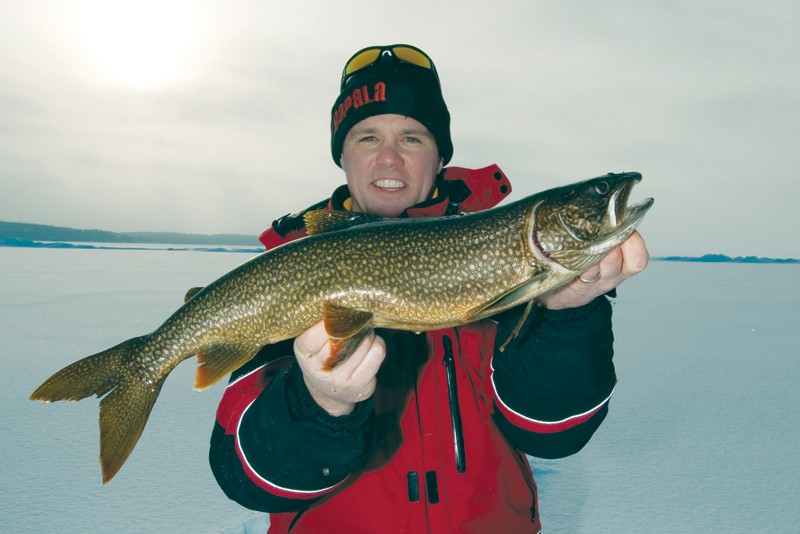Advertisement
Over the course of an average winter, I spend at least 75 days on the ice, fishing for practically anything that swims. It’s an obsession, I admit. But to me, the biggest rush is to lay down the first set of tracks on a small, snow-covered backwoods lake trout lake.
The lakers in these pristine waters are typically smaller than their cousins roaming much bigger lakes and reservoirs. But what they lack in overall size, these trout more than make up for in sheer numbers, unbelievable energy and pure beauty. And perhaps best of all, they’re easy to pattern—after all, there are only so many places they can hide.
Advertisement
That’s because these small lakes contain what I call “manageable structure,” typically two or three obvious rocky points, a shallow reef or two, one deep hole, a steep cliff and an underwater ridge or shallow saddle between two islands. In a matter of an hour or two, you can assess all the high-percentage options, strain a variety of depths and determine precisely what the trout are relating to, what they’re eating and how they want it presented.
Not that patterning lakers in much bigger water can’t be just as easy, mind you. You just have to think as if you’re fishing a small lake: simply pick a manageable section, stay solely within it and ice fish it as though it was a small lake totally unto itself. Sound simple? It is. And so is the lure selection when it comes to targeting lakers in small waters.
Presentation:
Yes, you can use spoons. Yes, you can tip your jig with a soft-plastic minnow. Yes, you can rip a lipless crankbait. These are all excellent ways to catch lake trout in small lakes in the winter. But trust me, the only lure you need to catch winter lakers is a white four-inch tube jig—preferably a scented one—stuffed with a 1/4- or 3/8-ounce jig head. Absolutely nothing works better, day in and day out.
Advertisement

Simply drill holes over the top and along the sides of the few obvious pieces of structure and get jigging. Divide the water column below your boots into 20-foot sections, then systematically work the white jig in each section. Concentrate most of your effort in the uppermost two zones—the first 40 feet of water below the ice (if the area you’re fishing is even that deep).
Just remember to pause your soft-plastic squid for a second or two each time you lift it up and each time you let it fall back down. Do these simple things and I guarantee you’ll look skyward and say, “Thank God I live in Canada and can fish for trout in these amazing small lakes.”
Advertisement
Bonus Laker Tip:
When there’s a lull in the action, expert ice angler Kraig Coulter frequently weaves his snowmobile around his set-lines and tip-ups to make noise and get the trout moving. “It fires them up,” he says. “I can’t tell you the number of times we’ve run the machine around the holes and within two or three minutes of turning off the engine, the flags start flying.”

